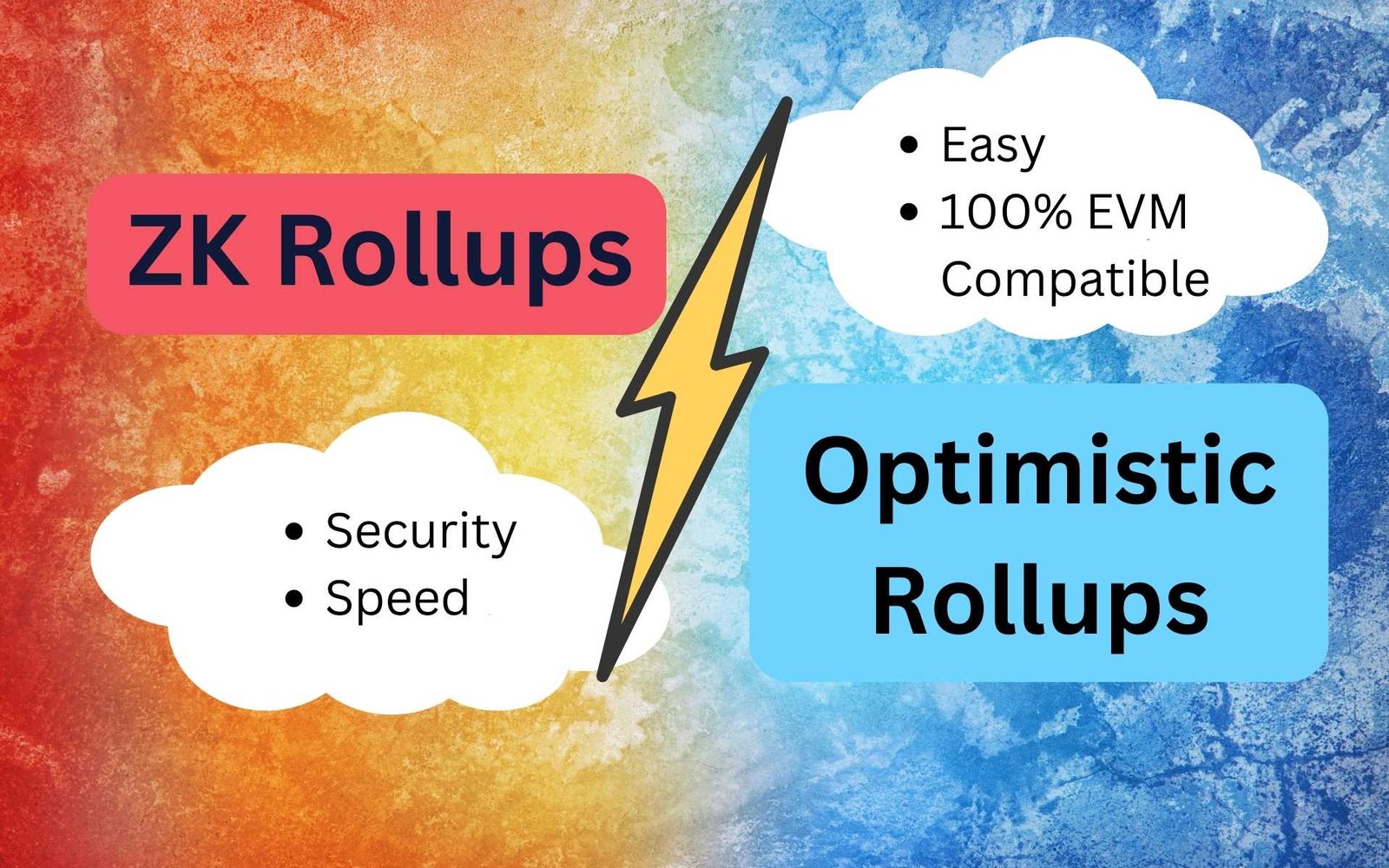The debate of choosing L2 security versus simplicity has brought us to this discussion of ZK Rollups vs Optimistic Rollups.
Optimistic Rollups are based on the principle that transactions are valid unless proven otherwise. A sequencer collects transactions from the user and submits it on L1 blockchain such as Ethereum. The transactions are considered valid without checking because the data by the sequencer is available forever and can be challenged in the future.
If transactions are caught to be fraudulent, they are challenged on-chain by submitting a fraud proof and if caught, sequencer transactions are reversed.
Optimistic Rollups are different from ZK Rollups because in the case of Optimistic Rollups the transactions are first added on the blockchain and then they might be validated. However, in the case of ZKRollups, these transactions are validated by a proper L2 blockchain and only validated once they(snapshots of L2) are approved by the L1 blockchain.
Let‘s dive deeper into the battle of ZK Rollups vs Optimistic Rollups.
- Optmistic Rollups are easier to implement than ZK Rollups.
- Optimistic Rollups are fully compatible with EVM whereas ZKRollups might not be because some of them have their own EVMs like Polygon.
- Optimistic rollups have lower levels of privacy than ZK Rollups. They have to reveal their user transactions which can be linked to wallets, however, ZKRollups hide transactions with zero knowledge proof.
- ZKRollups are often faster than Optimistic Rollups.
Also Read: Pros and Cons of ZK Rollups




